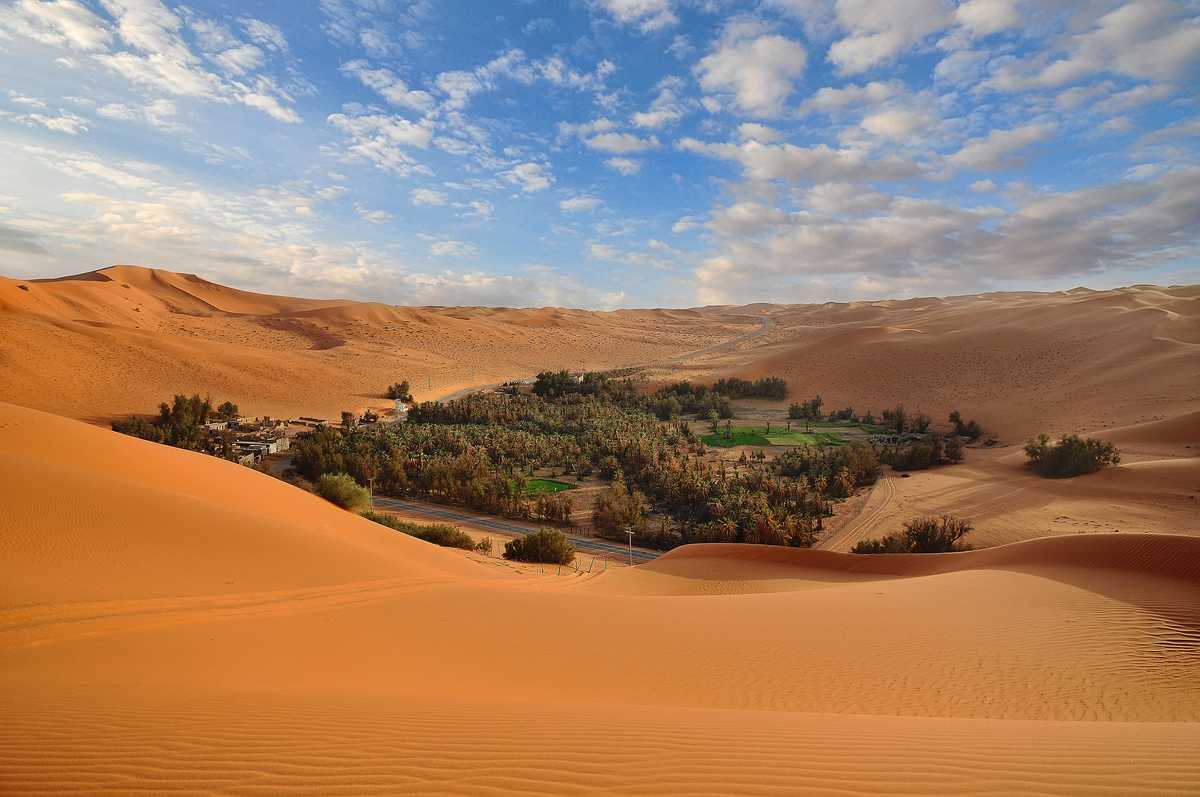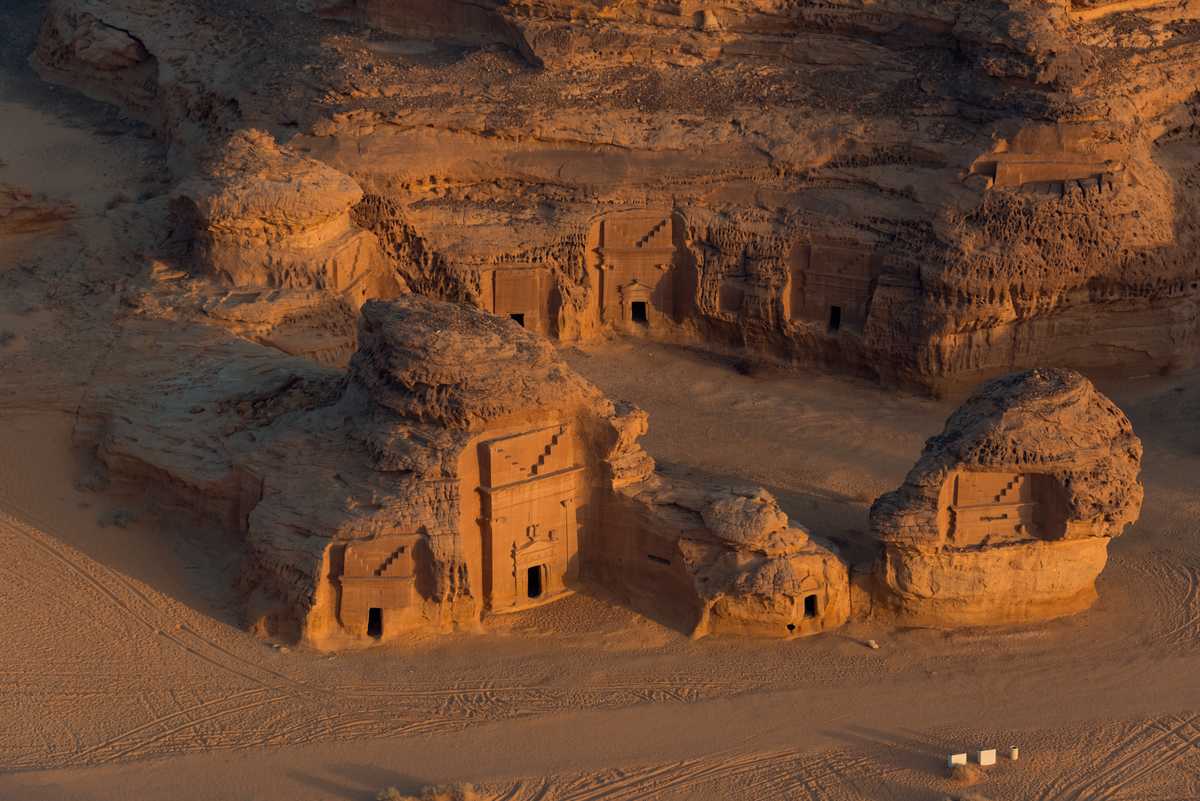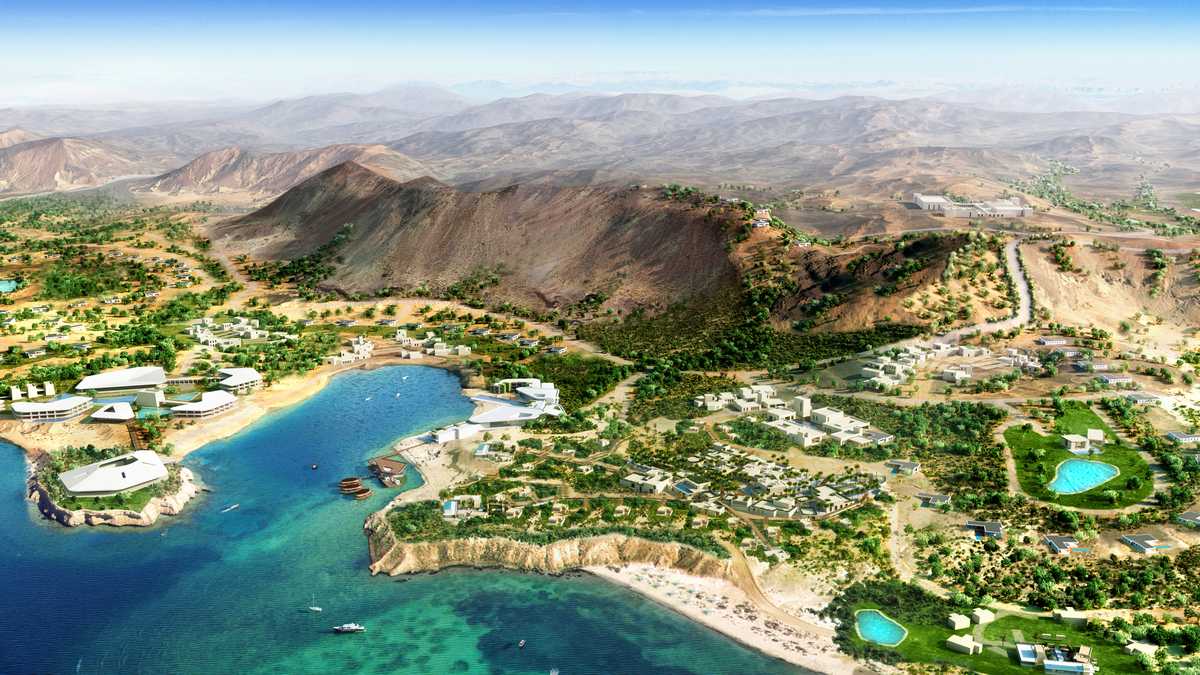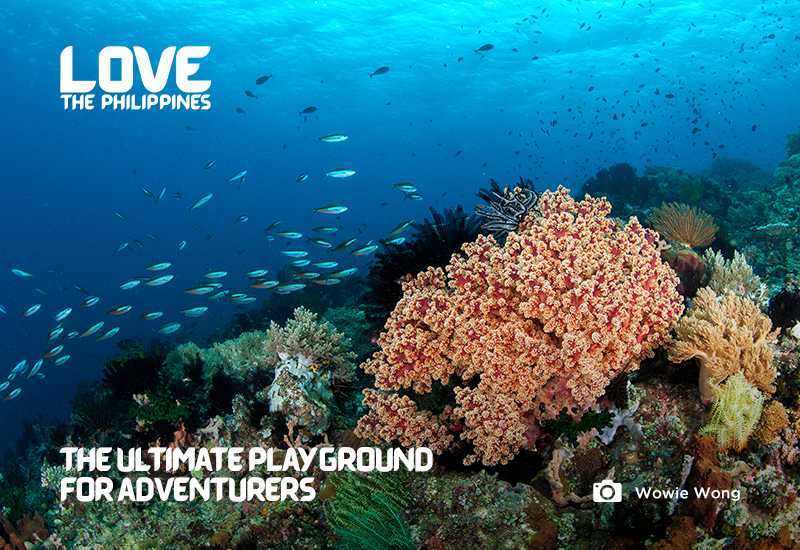When we think of Saudi Arabia, images of deserts that extend for miles and a country that seems closed off to visitors conjure up in our minds. However, that is set to change, as the biggest country in the Middle East is finally opening up to international visitors with its new tourist visa scheme.
About the new Saudi Arabian tourist visa
Currently, the Southeast Asian countries that are eligible for the tourist visa include Brunei, Malaysia and Singapore. Those holding passports belonging to these countries are allowed to apply for the new tourist visa.
Eligible passport holders can now get a one-year, multiple-entry tourist visa to Saudi Arabia. The visa allows them to spend up to 90 days in the country. They can obtain the tourist visa online, on arrival at Saudi Arabia, or from embassies and consulates.
In a new first, female travellers will also no longer have to don abayas (i.e. the all-covering black robes), although they are still expected to dress modestly.
Saudi Arabia has a lot to offer
Saudi Arabia is not just scorched desert. It has a surprisingly diverse range of landscapes for travellers to explore. Whether you are looking for lush green forests, wintry plains, massive sand deserts or pristine waters, Saudi Arabia has it all.

Image Credit: Saudi Commission for Tourism & Heritage
On the eastern side of Saudi Arabia, travellers can visit the Empty Quarter, the world’s largest uninterrupted sand desert and the background of many sci-fi films. Amidst the desert is Al-Ahsa Oasis, the world’s largest palm oasis and a UNESCO Heritage Site.

Image Credit: Saudi Commission for Tourism & Heritage
The western side of Saudi Arabia is where the country meets the Red Sea, as visitors begin their journey in the modern city of Jeddah. Visit Madain Saleh in Al-Ula, another one of the five UNESCO Heritage Sites in Saudi Arabia and home to marvellous sandstone structures. It’s the new Petra – without the crowds to match.

Image Credit: Saudi Commission for Tourism & Heritage
Beach-goers can look forward to a new range of luxury destinations by the Red Sea, one of the many new “giga-projects” aimed at revitalising tourism in Saudi Arabia. Another big project would be the futuristic city of NEOM, an entertainment city near Saudi Arabia’s capital Riyadh.
A move to a more diversified economy
Like other Middle East nations, Saudi Arabia’s economy is heavily dependent on oil and has been able to flourish as a key oil exporter. In order to diversify the biggest Arab economy and reduce its dependence on oil, Crown Prince Mohammed bin Salman came up with the Vision 2030 initiative.
As part of the initiative, Saudi Arabia will open itself up to tourism, dispelling its image as a country closed off to the world. In doing so, it hopes to increase visits to the country while attracting foreign and domestic investments.
Saudi Arabia already attracts more than two million visitors for the annual Haj pilgrimage, according to government statistics. In line with the Vision 2030 initiative, Saudi Arabia aims to attract 100 million international and domestic visitors per year by 2030.
Shifting from its dependence on oil, Saudi Arabia also hopes that tourism will be able to contribute up to 10% of GDP. That is a big improvement from the nation’s current rate of 3%.





